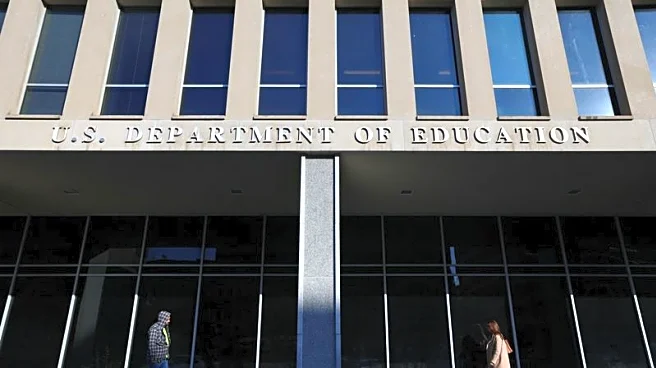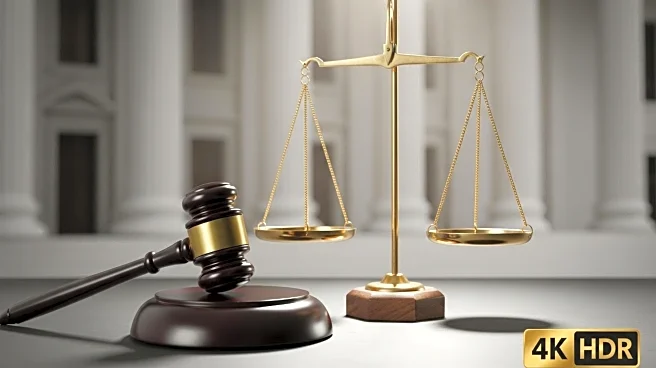What's Happening?
The Environmental Protection Agency (EPA) has dismissed approximately 10 employees who had previously signed a public letter criticizing the agency's leadership. This action follows the issuance of proposed removal notices to these employees in late August. The dismissals are part of a broader effort by the Trump administration to streamline the EPA, a move that has been met with mixed reactions. While some view the firings as a necessary step to reduce the agency's size, others, including good government advocates, express concern over the implications for agency independence and employee morale. The American Federation of Government Employees Council 238, which represents EPA workers, confirmed the dismissals.
Why It's Important?
The dismissals at the EPA highlight ongoing tensions between the agency's leadership and its workforce, particularly under the Trump administration's directive to reduce the size and scope of federal agencies. This development could have significant implications for the EPA's operational capacity and its ability to fulfill its environmental protection mandate. Supporters of the administration's approach argue that a leaner EPA could lead to more efficient operations, while critics warn that such actions may undermine the agency's effectiveness and deter qualified professionals from joining or remaining in public service. The situation underscores the broader debate over the role and size of government agencies in the U.S.
What's Next?
The recent dismissals may prompt further scrutiny from lawmakers and advocacy groups concerned about the impact on the EPA's functionality and employee rights. It is possible that legal challenges could arise from the affected employees or their representatives, potentially leading to hearings or investigations into the agency's personnel practices. Additionally, the EPA's leadership may face increased pressure to justify the dismissals and demonstrate how they align with the agency's mission and goals. The outcome of these developments could influence future policy decisions regarding federal agency management and employee protections.











